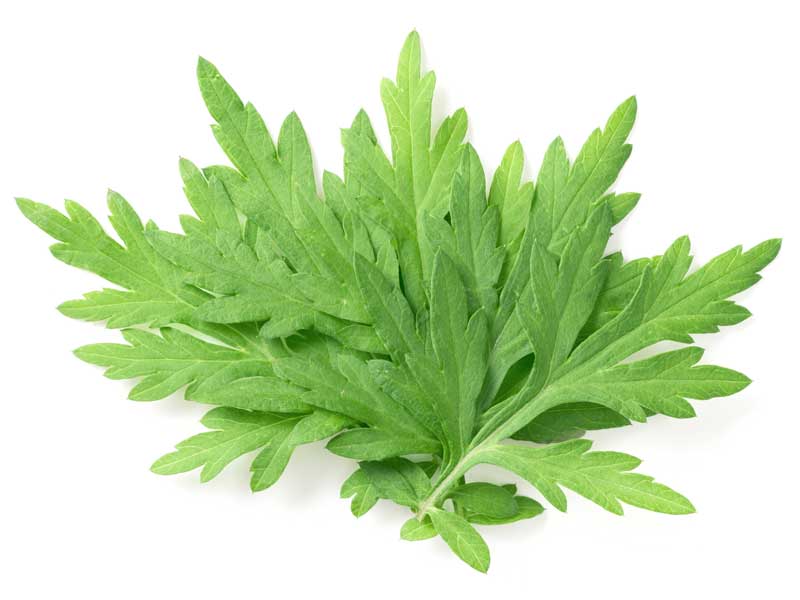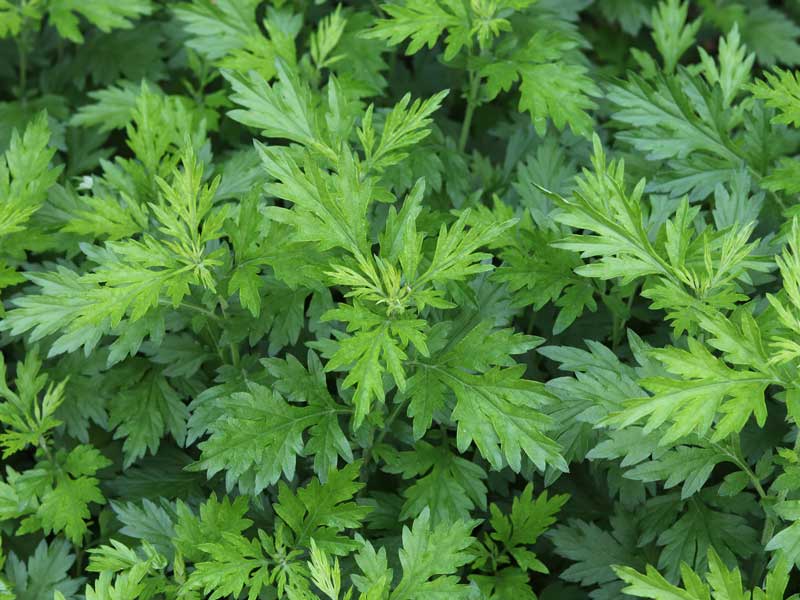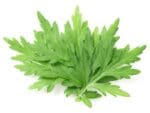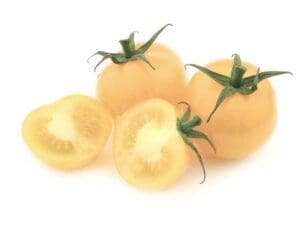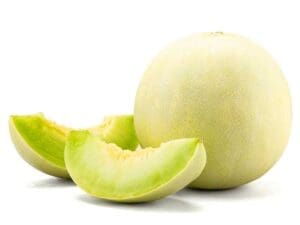MUGWORT Herb Seeds
Botanical Name: Artemisia vulgaris
- Perennial medicinal herb valued for its traditional uses and aromatic foliage.
- Known for deterring pests and attracting beneficial insects in the garden.
- Hardy and drought-tolerant once established, ideal for low-maintenance gardens.
- Popular in permaculture gardens, herbal borders, and wild patches.
- Leaves can be used fresh or dried for teas, smudging, or herbal infusions.
Plant Details
- Plant Type: Hardy perennial herb
- Plant Height: 100–150 cm
Sowing Information
- Germination: 10–21 days at 15–20°C
- Depth: Surface sow or lightly cover (1 mm)
- Position: Full sun to part shade
- Sow Where: Start indoors and transplant, or sow direct
- Soil Type: Well-drained, sandy or loamy soil
- Spacing: 45 cm between plants
Growing Tips
- Cut back in early spring to encourage fresh, bushy growth.
- Water sparingly once established—mugwort thrives in dry conditions.
- Deadhead flowers if you want to prevent self-seeding and spreading.
- Can be invasive—grow in a contained bed or pot if needed.
Harvest
Harvest leaves and shoots from 90–120 days after sowing. Pick before flowering for best aroma and potency. Dry for teas, bundles, or herbal use.
When to Sow Mugwort in Your Climate
| Climate Zone | Best Planting Time | Tips |
|---|---|---|
| Temperate | September – November, March – May | Sow in spring or autumn. Start indoors if risk of frost. |
| Subtropical | April – June, October – December | Avoid mid-summer heat when sowing. Mulch well. |
| Tropical | Year-round | Provide part shade in extreme heat. Best in cooler months. |
| Cool | September – November, March – May | Start indoors early or direct sow after last frost. |
| Arid | October – February | Sow during cooler months. Water young plants regularly. |
Find out more about growing mugwort from seed.
Click here to download your FREE Seed Raising Guide.

